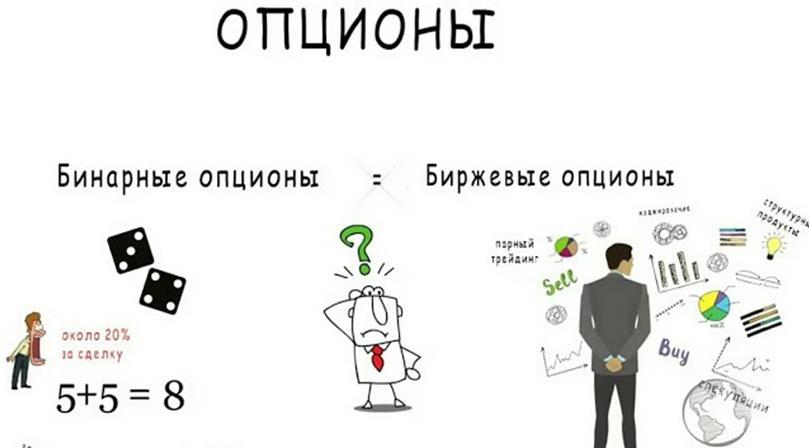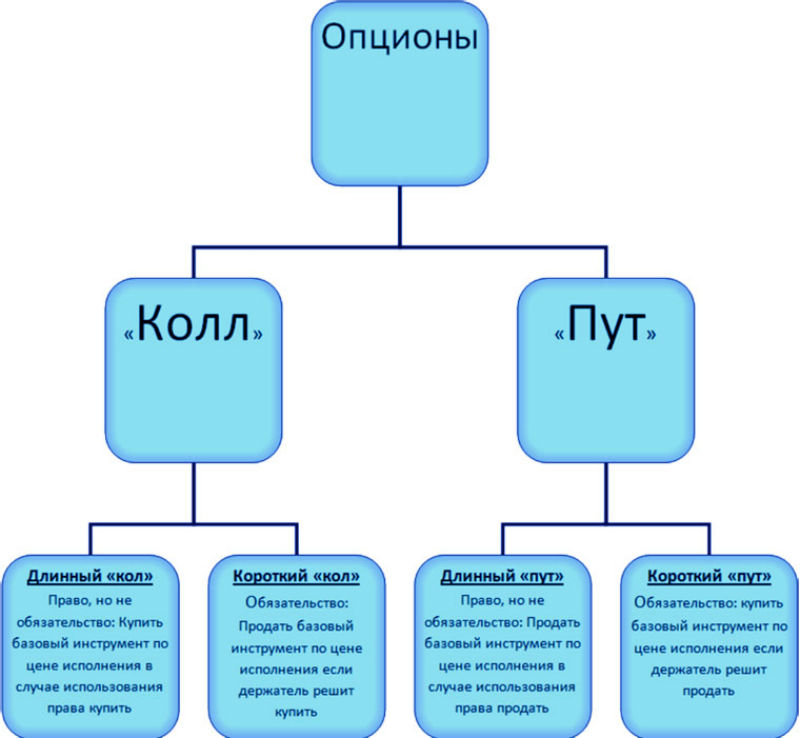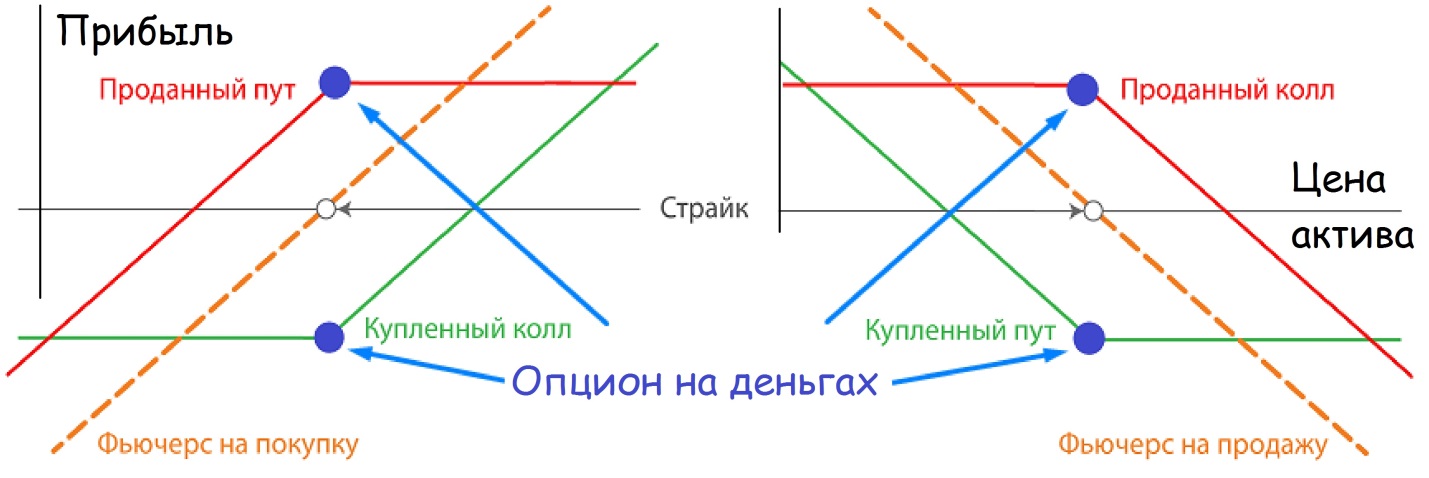Exchange-traded options differ from futures in that in them one party receives the right to carry out a transaction, and the other receives an obligation to fulfill the agreements. Meanwhile, when signing a futures contract, both parties to the transaction are obliged to fulfill the points prescribed in the documentation.
Exchange options. How to work with them?
To make it clearer, let’s look at an example. Suppose we have two companies – A and B. Firm A is interested in buying oil, and Firm B is ready to sell the available reserves.

The choice of counterparties is small:
- CALL contract – it is possible to conclude it.
- The Arrangement in the Context of PUT. In each case, it is very important who exactly will own the exchange options.
If the Call type is purchased by company A, then it will receive the right to purchase the underlying asset. Now this company will be called the option holder. The benefits included in the list are the right to purchase an asset of the basic type in the period, volume and at the cost established by the specification. Then company B turns into a subscriber of one of the exchange options – this is such an indisputable rule. It is obliged to deliver the specified underlying asset, focusing on the rules specified in the contract.

If traders with opposite beliefs cooperate on a put option, then the right to sell the asset is implied. Then firm B becomes the holder of the option, and it also receives the right to sell oil to firm A – now it will be the subscriber of the option. This means the assumption of obligations to purchase the underlying asset from company B.
Trading Costs
Both bidders are interested in the fact that when exercising their right to buy or sell an asset, the other party fulfills its obligations. A third party acts as a guarantor – the exchange. Of course, for a certain fee. A guarantee is withheld from bidders. Its amount varies for each company. As a rule, the collateral of the subscriber of the exchange and options is higher compared to the collateral of the holder. However, this amount cannot exceed the collateral on the futures contract.
Interestingly, the main points in the documents are stipulated according to the standard scheme. Counterparties, in fact, specify only the amount of the premium, taking into account the existing market conditions.
The risks of the option holder are limited to the value of this payment. As for the risks of the executing party, they are not limited to anything.
It should be noted that the options exchange in Moscow is working with a deliverable type of contracts, so futures are the underlying asset for them. Accordingly, on the Moscow options exchange, contracts are margined. This means that through each clearing, the variation margin is debited or accrued for two parties to the transaction.
What are the states inherent in options? Scope
The options are as follows:
- “In money”. Call, where the strike is less than the futures price, and Put, where the strike is greater than the futures value.
- “Out of money”. Calls with a strike greater than the futures settlement price and puts with a strike less than the futures settlement price.
- “On money”. Call and Put, where the strike is identical to the price relevant for the execution of the futures.

It is important to emphasize that out-of-the-money options have no intrinsic value. Accordingly, by the end of the term, the price is equal to zero. The price of an option is a combination of its two parameters, one of which is mentioned above, and the second is the time value. As the expiration date approaches, the last named parameter of the option falls apart more quickly.
What are options used for? To hedge the risks that exist on open positions or to profit from the volatility of the underlying asset. There are neutral and directed strategies – the acquisition and realization of volatility. Reviews of exchange options in terms of emotional tone depend on the final result of the transaction.
The underlying asset for an option can be any security. Most often, these are promotions. The circulation of securities is controlled at the state and international levels. For residents of Russia, these are the exchanges of Moscow, the Urals, St. Petersburg (regular and currency). At the global level, two significant players are the Chicago Board Options Exchange and the London Stock Exchange.
What are the reviews for each options exchange? We can talk about the guarantor of transactions exceptionally well. After all, the trading platform assumes the risks of non-fulfillment of obligations, eliminating the occurrence of chaos in the stock market.

